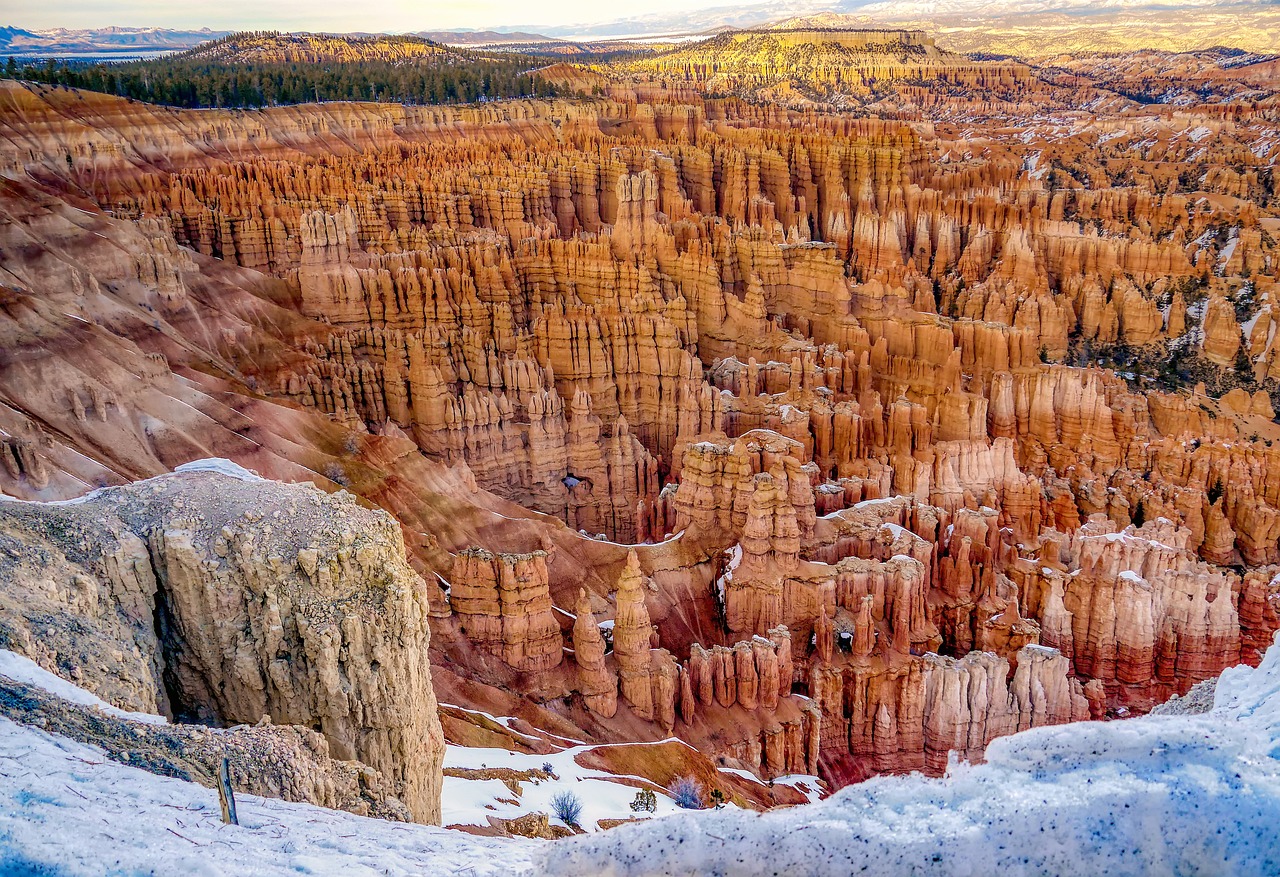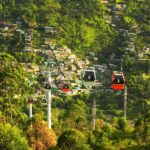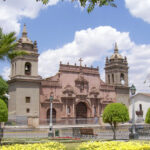Quick Bits:
Bryce Canyon National Park is a natural wonder tucked away in southern Utah. Known for its iconic hoodoos—spindly rock formations carved by nature over millennia—this park offers breathtaking views, unique geography, and countless opportunities for exploration. Spanning over 35,000 acres, it’s a haven for outdoor enthusiasts and anyone seeking an escape into nature’s splendor.
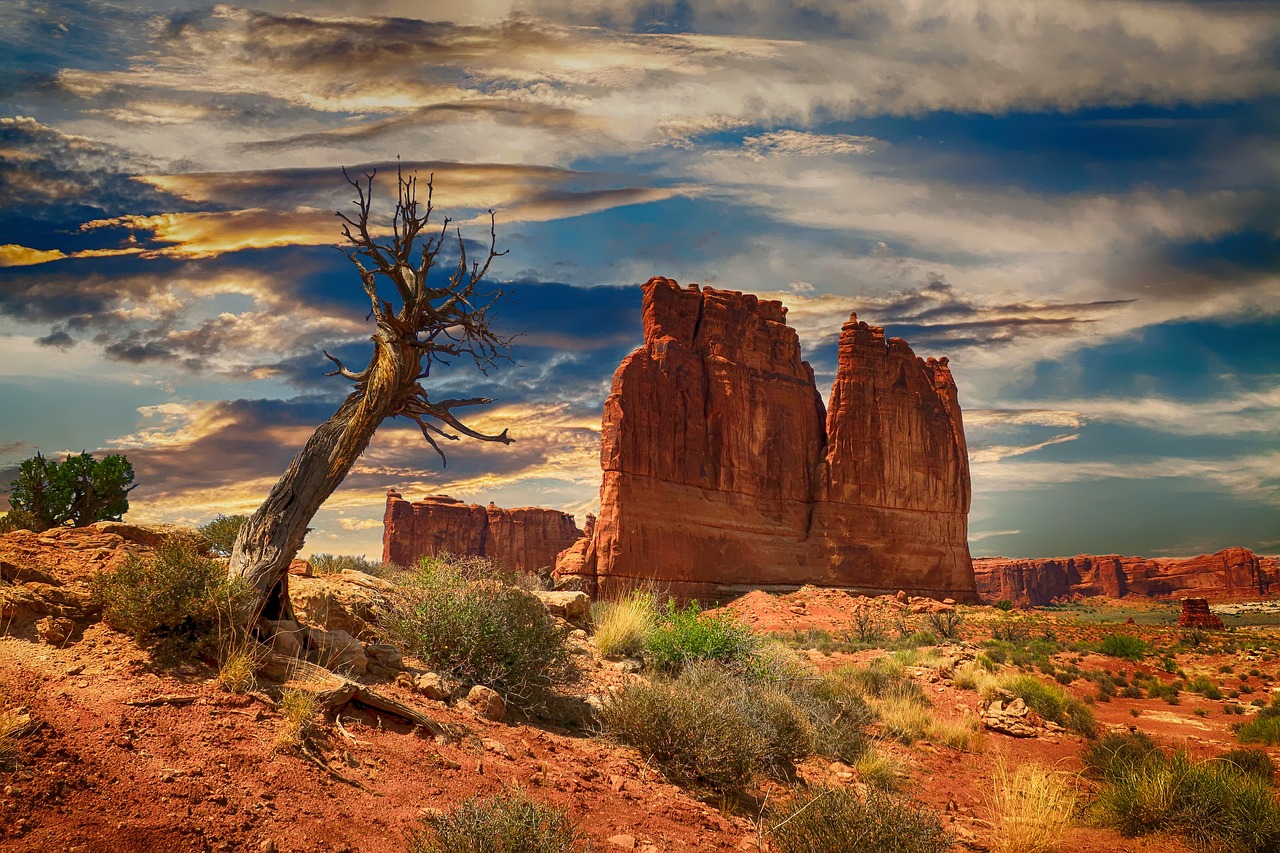
Key Highlights
- Home to the largest collection of hoodoos on Earth.
-
Stargazing capital with some of the darkest skies in North America.
-
Features scenic viewpoints such as Bryce Point, Sunrise Point, and Inspiration Point.
-
Over 65 miles of hiking trails for varying skill levels.
-
A vibrant ecosystem of flora and fauna unique to the region.
General Information
Bryce Canyon National Park was established in 1928, making it one of the gems of America’s National Park System. The park is part of the Paunsaugunt Plateau and is best known for its natural amphitheaters filled with hoodoos. Visitors often explore its rim trails, delve into the canyon floor, or attend ranger-led programs.
The park charges an entrance fee that varies by vehicle or individual. Visitors can use an America the Beautiful Pass for access. Shuttle services operate during peak seasons, making it easier to navigate popular areas without parking hassles.
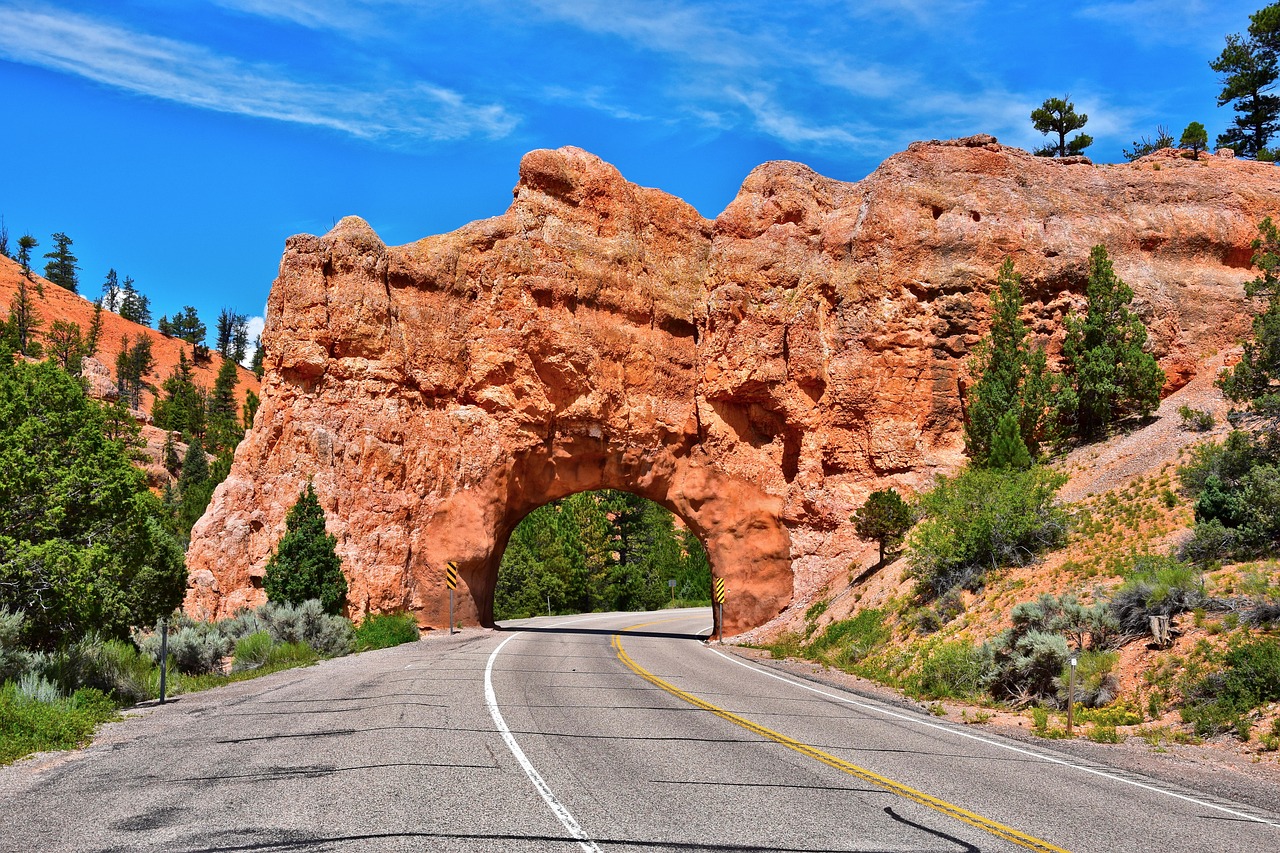
Geography Information
Bryce Canyon sits at an elevation between 8,000 and 9,000 feet. This high-altitude desert environment provides a unique blend of climates, from scorching summers to snowy winters. The park’s geological history spans millions of years, with sedimentary rock layers eroded by water, wind, and ice.
The hoodoos are the park’s defining feature. These formations result from a process called frost-wedging and the dissolving effects of rainwater. The red, orange, and white hues of the rocks add vibrant contrast to the surrounding evergreen forests.
The area’s geography is also shaped by the Bryce Amphitheater, a vast depression that stretches three miles long and 1,000 feet deep. The amphitheater’s rim offers sweeping views of the intricate rock formations below.
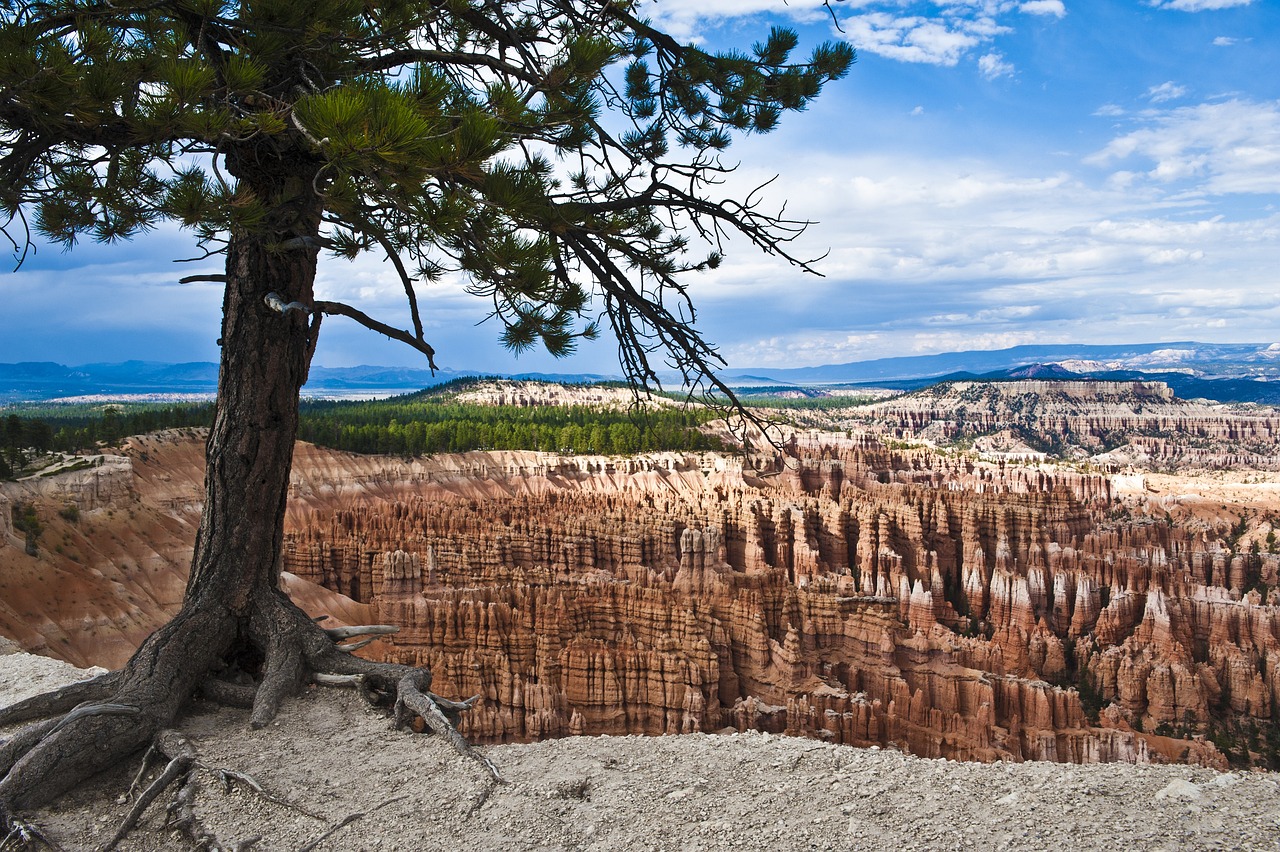
Places to Visit
Bryce Canyon National Park is filled with must-see spots. Here are some of the top attractions:
-
Bryce Point: One of the best spots for sunrise views, offering panoramic vistas of the amphitheater.
-
Sunrise Point: As the name suggests, it’s ideal for catching the first rays of light.
-
Inspiration Point: A favorite for photographers due to its dramatic overlooks.
-
Navajo Loop Trail: A popular hike that takes you past famous formations like Thor’s Hammer.
-
Queens Garden Trail: The easiest way to enter the canyon and see hoodoos up close.
-
Mossy Cave: A short trail leading to a small grotto and seasonal waterfall.
-
Stargazing Spots: With minimal light pollution, Bryce Canyon is perfect for observing the Milky Way.
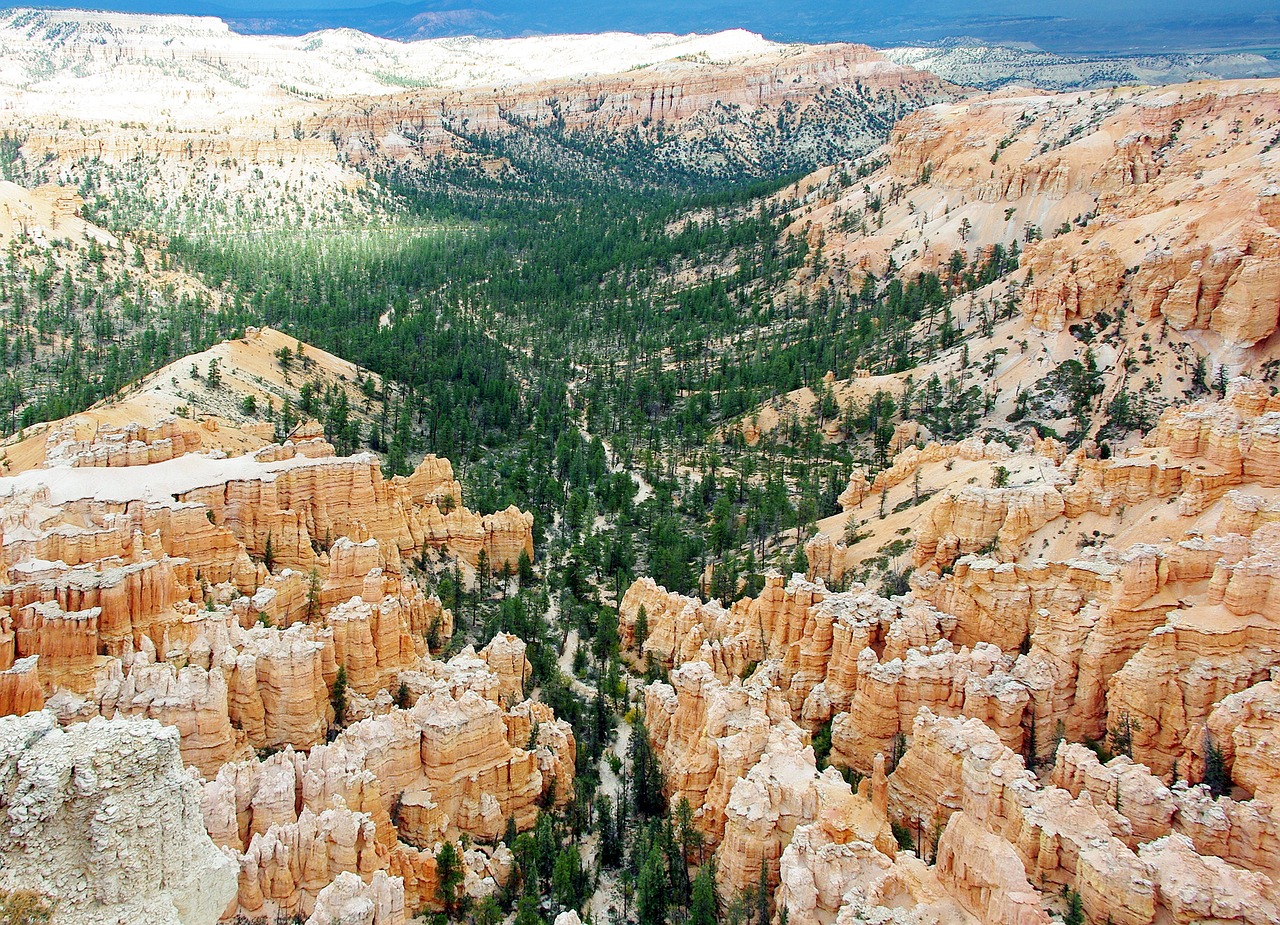
Yearly Climate
The park experiences four distinct seasons, each offering unique opportunities to explore.
-
Spring: Melting snow reveals vibrant wildflowers and lush greenery. Temperatures range from 30°F to 60°F.
-
Summer: Days are warm with highs around 80°F, while nights remain cool. Afternoon thunderstorms are common.
-
Fall: Cooler days and crisp evenings, with temperatures between 30°F and 70°F. Fall foliage adds vibrant colors.
-
Winter: Snow blankets the park, transforming it into a serene wonderland. Temperatures can drop below freezing, making it ideal for snowshoeing.
Best Time of Year to Visit
The best time to visit Bryce Canyon depends on your preferences. For mild weather and fewer crowds, consider visiting in May or September. Winter is perfect for those who enjoy snow-covered landscapes and solitude. Stargazers will appreciate summer evenings, while spring offers blooming wildflowers and awakening wildlife.
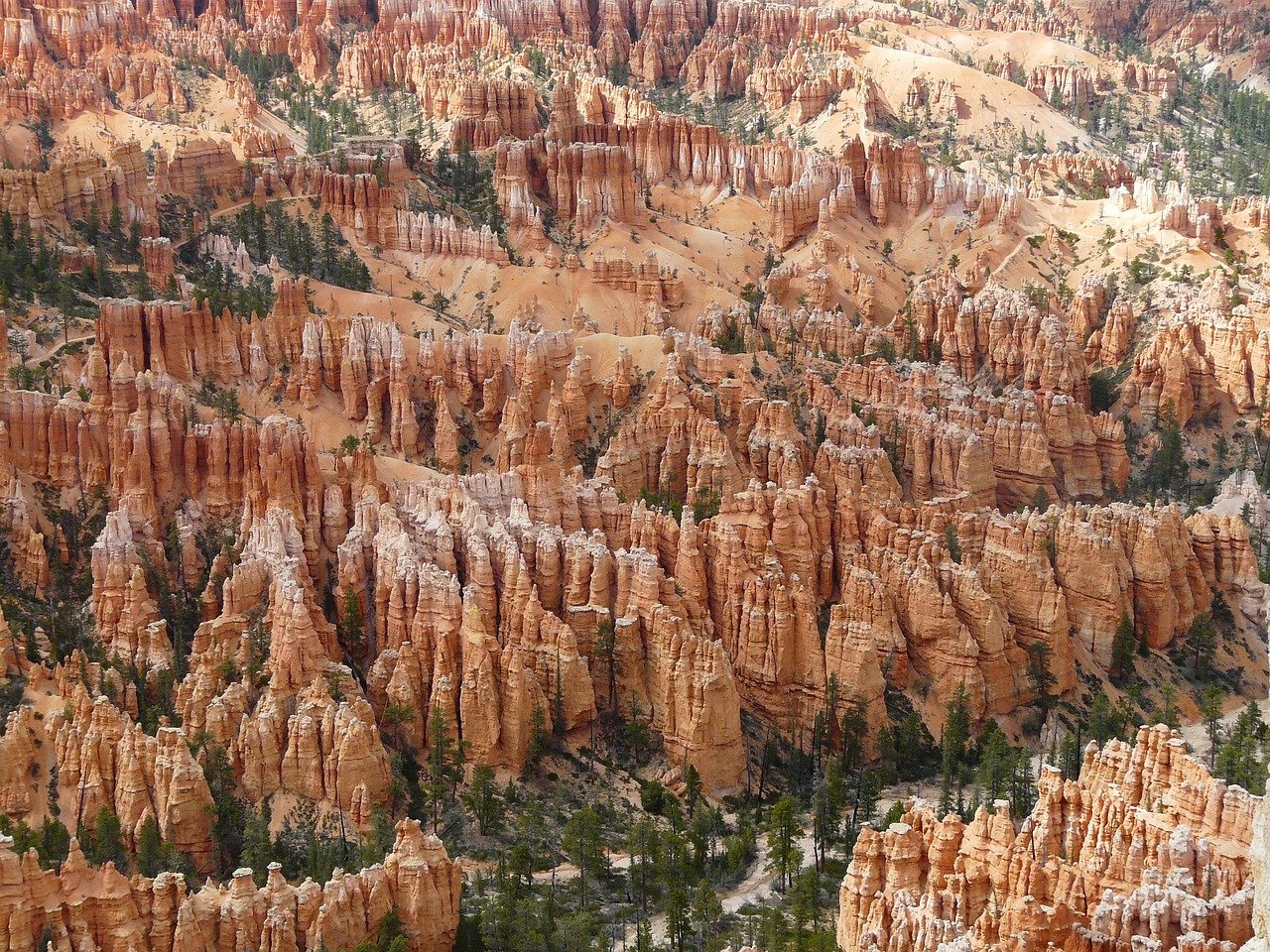
In Summary…
Bryce Canyon National Park is a destination that combines stunning landscapes, geological wonders, and outdoor adventures. Whether you’re hiking among the hoodoos, catching a sunrise at Bryce Point, or marveling at the stars, every moment here is unforgettable. Its unique charm makes it a must-visit for travelers seeking natural beauty and tranquility.

